Artist Q&A: Jo Blaker
12 Aug 2020
Based in West Yorkshire, Jo is a familiar face at The Hepworth Wakefield - devising and leading workshops as part of our learning programme and contributing to the Burberry Inspire project. In this Q&A, Jo talks to us about her career, artistic practice and inspirations.
What was your path to becoming an artist and what mediums do you predominantly work in?
Consistently, since childhood I’ve used photography, writing and drawing to document my experiences and express myself.
I progressed to art college straight out of school, then a degree and finally an MA at the Royal College of Art – all on interdisciplinary courses through which I explored hand made graphic design, illustration, drawing and some 3-dimensional and moving image based work. All of the courses developed my critical and creative thinking, challenged me intellectually and gave me an insight into an array of disciplines. It was a solid foundation, but I left without feeling I’d developed a robust personal visual language.
After the RCA I returned to West Yorkshire and spent the time finding my path – experimenting with mark making and drawing practice, discovering materials I’d never tried before, narrowing down the scope of my interests! What emerged were two forms of practice that both use drawing. One is more illustrative and one is more abstract/gestural. My love of mark making is evident in them both and I especially like processes or materials which retain an element of surprise. Water-based materials give me that spontaneity and ink has become my medium of choice.
Paper is a medium I am also in love with – for its malleability, strength, texture. Paper choice is always at the forefront of my mind when creating work and I love introducing really beautiful papers into children’s workshops where I can. That being said I love to draw on glass, working freehand, using my illustrations to animate shop windows and light up the faces of passers by!
Did you have any particular inspirational teachers or peers?
Many of the design and illustration tutors on my degree were also practitioners. They inspired me with their passion and drive. They also invited in fantastic guest speakers who were doing innovative things with design and illustration. The worst grade I’d ever had in art and frank feedback on a 1st year student sketchbook set me on the path of pursuing personal expression in drawing and I’m very grateful for that. My illustration tutors Dan Williams and Bruce Ingman had both attended the Royal College of Art and encouraged me to consider it.
After my degree, I met Sam and Ella of Intoart at a book-fair at the ICA. I loved their publications and they very kindly welcomed my interest. I helped in their studio for several months and on a project with the South London Gallery. That was my first experience of creative practice outside of formal education. It was invaluable in many ways.
What is the creative process you go through when planning a new work?
My illustrations start with a mental image and I use drawing to visualise, explore and refine that. My expressive drawings are pure investigation – of a material, mark, process or idea. There is no conscious planning, only a hunch. These drawings develop as a series through which I explore the subject of my enquiry. I also practice observational drawing regularly and use a kind of visual note-taking as a form of reflective practice. Life Drawing is a practice I re-engaged with prior to lockdown and am currently relishing and cannot recommend enough.
You live on the edge of the dramatic West Yorkshire moors. Does the landscape that surrounds you play an important part in your work?
Yes, I love moorland for its open, expansive quality. At times it is like an inland sea – windswept and rippling. I love the landforms, natural features, the changing colours, the textures and perhaps above all, the constant presence and impact of the elements. It is a landscape shaped so much by wind and rain.
Barbara Hepworth’s writings about her childhood experiences of growing up in Yorkshire really resonated with me when I first read them. Our hills and mills create a very textural environment, which seeped into me as a child and still excites me now. This landscape inspires me and provides the backdrop for a lot of thinking whilst walking. It is a landscape which can lead you deep into yourself, or conversely completely take you out of yourself. Earlier this year I set up HuddersWild, a Facebook group to promote the natural beauty and biodiversity of Huddersfield and the surrounding area.
Is there anything you are particularly trying to achieve through the work you create?
Recently I’ve begun to think my practice is about freedom. Sometimes a pursuit of personal freedom in my mark making and drawing. Sometimes a creative freedom as expressed through playfulness with form or concepts. Sometimes it’s about images that represent the sense of freedom I find in connecting with the natural world. Moments of wonder, experienced through connecting with nature, creativity or community are my main source of inspiration. That is why my teaching work, such as the workshops I create for The Hepworth Wakefield’s learning programme, are an important part of my practice as a whole. Through them I strive to help others discover the freedom in playful creativity and connection to nature and due to lockdown, I’ve been exploring some other ways of achieving this.
Where can we see your work?
I’m currently working on a series of watercolour illustrations for a new stationery collection. They will be launched in September and will be available through my website, where you can also see images of my drawings and sketchbooks. A couple of films about my sketchbook practice are also in the works and I’ve got something a bit different planned for Christmas this year. The best way to keep up to date with my practice is through my newsletter, website or Instagram.








